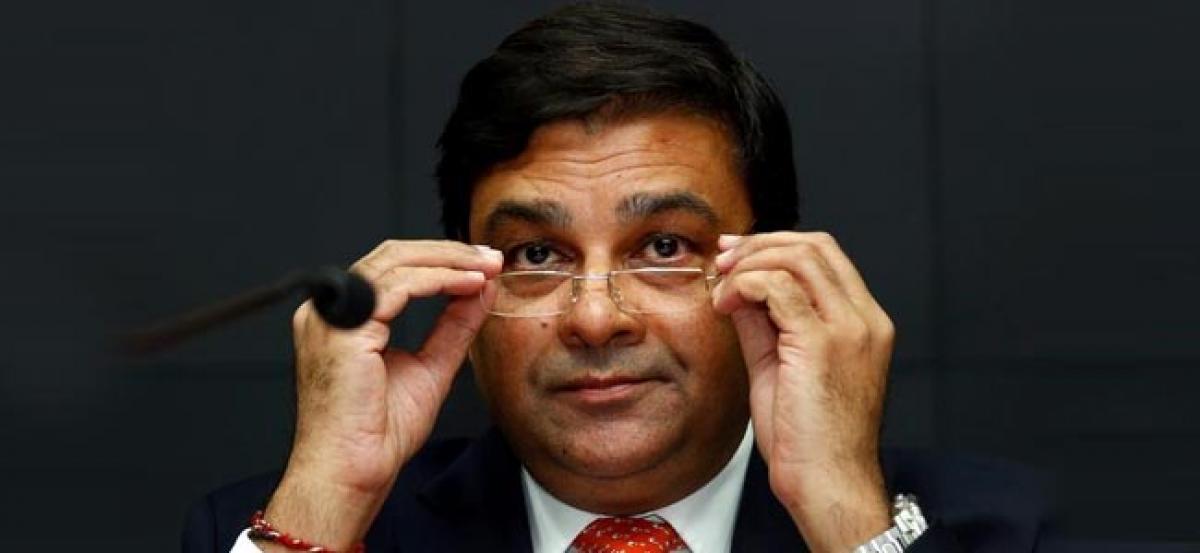Live
- ‘Drinker Sai’ teaser: Attracts youth
- Netflix Outage in India and US Ahead of Tyson vs Paul Match
- Police Intensify Investigation into Lagacharla Attack on Officers; Eight More Detained
- Google Docs Introduces AI-Powered Clip Art Generator with Gemini
- LIC sets up stall at India Int’l Trade Fair
- Celebrating journalism and its role in society
- Supporting emotional well-being in children
- Govt plans 1 mn sq km oil exploration by 2030
- Empowering the future through quality education
- M4 MacBook Pro: Quantum Dot Display Enhances Colour and Motion Performance
Just In

The Reserve Bank of India is expected to take advantage of expectations that inflation will remain low in the near-term and cut interest rates again early next year with an aim to boost already-solid growth a little bit more, a Reuters poll found.
The Reserve Bank of India is expected to take advantage of expectations that inflation will remain low in the near-term and cut interest rates again early next year with an aim to boost already-solid growth a little bit more, a Reuters poll found.
New RBI Governor Urjit Patel and his six-member Monetary Policy Committee used the same rationale for their surprise 25 basis point (bps) cut to 6.25 percent earlier this month, the lowest since November 2010.
Inflation cooled to a 13-month low of 4.31 percent in September and the latest Reuters poll of economists expect it to average 4.8 percent in the January-March quarter of 2017, just under the RBI's near-term target.
"The significant run-up in CPI inflation between April and July was mainly driven by food prices. But thanks to normal rains, it could reverse quickly, taking inflation to well below (the) RBI's early-2017 target of 5 percent," wrote Pranjul Bhandari, chief economist for India at HSBC.
Since the start of 2015, the RBI has chopped 175 bps from its key repo rate. But after the next expected cut to 6.0 percent, the central bank is forecast to hold rates steady for the rest of the 12-month survey horizon.
A further rate cut would help the Indian government in its efforts to boost economic growth to above 8 percent.
It was last measured at 7.1 percent in the March-June quarter, one of the strongest rates in the world but still not fast enough to create enough new jobs to absorb all the one million people who join the workforce every month.
The poll forecast gross domestic product would grow 7.7 percent in the fiscal year to end-March 2017 and 7.8 percent in the following year, slightly more than the International Monetary Fund's latest projection of 7.6 percent for both years.
HSBC's Bhandari, who is forecasting 7.3 percent growth for next year, wrote: "...higher urban consumption supported by government wage hikes, sufficient banking sector liquidity and robust FDI inflows are likely to keep growth buoyant."
India's government, led by Prime Minister Narendra Modi, has introduced a raft of new economic policies since coming into power two years ago, most importantly a goods and services tax bill that will replace multiple federal and state levies and transform the economy into a common market.

© 2024 Hyderabad Media House Limited/The Hans India. All rights reserved. Powered by hocalwire.com







